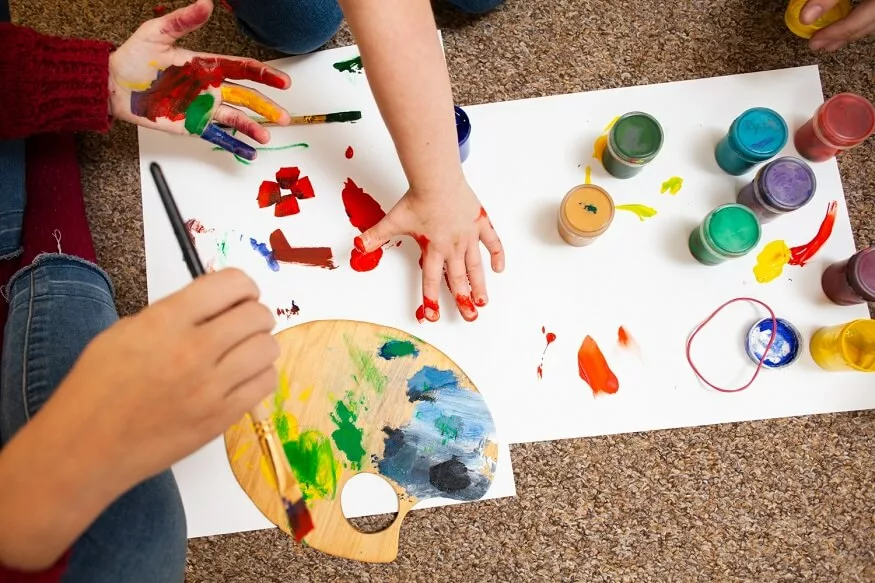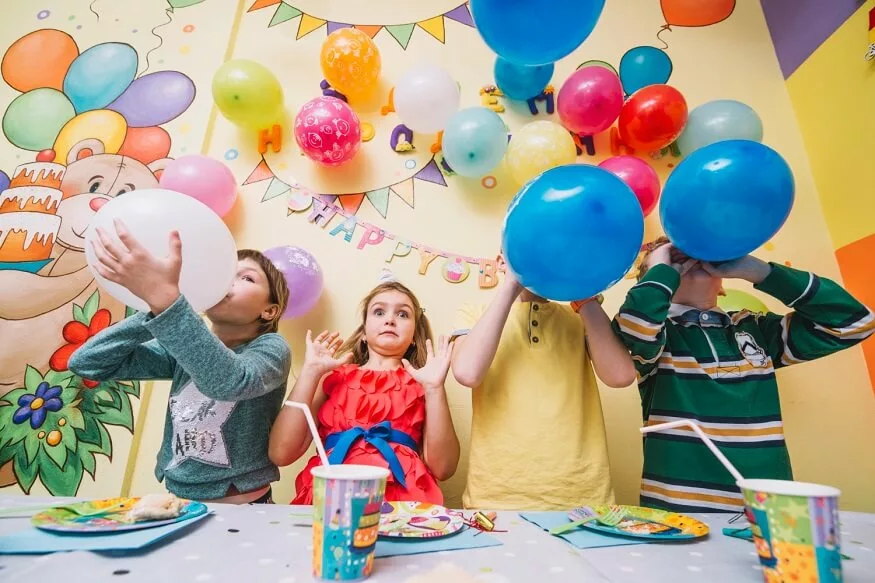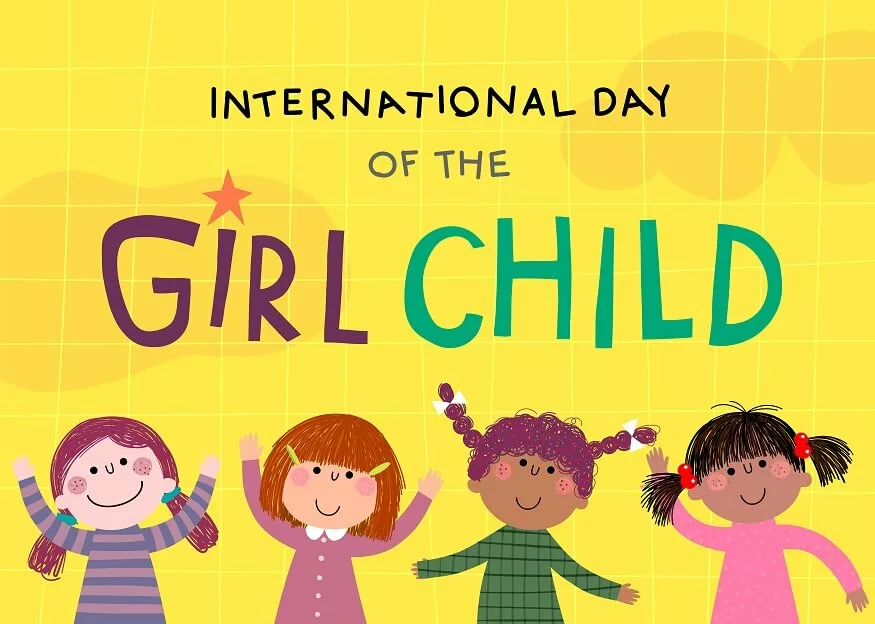Kindergarten is a perfect time for introducing young children to amazing examples of science via engaging and interactive activities. These scientific projects not only spark your interest but also help you build critical thinking and problem-solving abilities. Today we are going to explore some interesting fun science experiments for kindergarteners students, along with procedure explanations.
Fun Science Experiments For Kindergarteners:
Here are some amazing science experiments for kindergarten students to have more fun. These science projects for kindergarten students spark their curiosity and interest in Science.
Also read : Interesting Facts about Space for Kids
1. Sink or Float:
Objective: To understand the concept of buoyancy and whether objects sink or float.
Procedure: Gather various objects (e.g., cork, rubber ball, plastic spoon, paper clip). Ask the children to predict whether each object will sink or float in a container of water. Drop the objects into the water and observe the results. Discuss the findings and reasons for sinking or floating.
2. Rainbow Colours:
Objective: To learn about colours and how they combine to form a rainbow.
Procedure: Use a prism or a clear glass filled with water near a sunny window. The sunlight will pass through the glass and create a beautiful rainbow on the opposite wall. Have the children identify the colours and discuss how white light separates into a spectrum.
3. Growing Seeds:
Objective: To observe and learn about the growth of plants from seeds.
Procedure: Provide each child with a small pot and seeds (e.g., bean or sunflower). Let them fill the pot with soil, plant the seed, and water it regularly. Observe the growth of the seedling over time and discuss the stages of plant development.
4. Baking Soda and Vinegar Volcano:
Objective: To explore chemical reactions.
Procedure: Create a volcano using modelling clay. Place a small container inside the volcano, filled with baking soda. Pour vinegar into the container and watch the eruption. Explain that the baking soda (base) reacts with the vinegar (acid), producing carbon dioxide gas and causing the eruption.
5. Magnetic Exploration:
Objective: To discover the properties of magnets.
Procedure: Provide different objects made of various materials and a magnet. Let the children experiment with the magnet and observe which objects are attracted to it. Discuss why some materials are magnetic and others are not.
Also read : Student Skills List – 10 Skills Students Need to Be Successful
6. Colour-Changing Milk:
Objective: To observe the reaction of milk to soap.
Procedure: Pour some milk into a shallow dish and add drops of food colouring. Dip a cotton swab in dish soap and touch the milk’s surface. The colours will swirl and move as the soap disrupts the fat molecules in the milk.
7. Ice Exploration:
Objective: To explore the properties of ice and observe melting.
Procedure: Provide children with ice cubes and let them feel, observe, and play with the ice. Place the ice cubes in various environments (e.g., indoors, outdoors, sunny, shady) and observe the melting process. Discuss the factors that affect the melting rate.
8. Balloon Rocket:
Objective: To demonstrate the concept of force and motion.
Procedure: One of the most fun-filled kindergarten science activities is to attach a long string to two points in the room. Blow up a balloon and tape it to a straw. Thread the straw onto the string and release the air from the balloon. The escaping air will propel the balloon along the string, demonstrating the principle of action and reaction.
Also read : How Do You Teach Kids the Importance of Life Skills
9. Nature Scavenger Hunt:
Objective: To observe and collect natural items from the environment.
Procedure: Take the children on a nature walk and provide them with a checklist of items to find (e.g., leaves, rocks, flowers, feathers). Encourage them to observe and discuss the items they collect.
10. Rain Gauge:
Objective: To measure rainfall.
Procedure: Create a simple rain gauge using a clear plastic bottle with the top cut off. Place the bottle outside in an open area. After rainfall, measure the water collected in the bottle to determine the amount of rainfall.
11. Egg in Vinegar:
Objective: To explore the effects of acid on eggshells.
Procedure: Simple science experiments for kindergarten students is to fill a jar with white vinegar and place a raw egg inside. Allow it to rеst for a few days and watch what happens to thе еggshеll. Discuss how the vinеgar rеacts with thе calcium carbonatе in thе shеll, dissolving it and lеaving a semi-permeable mеmbranе bеhind.
12. Shadow Tracing:
Objective: To understand the concept of shadows.
Procedure: On a sunny day, take the children outside and have them stand in front of a large piece of paper. Trace their shadows with chalk and discuss how shadows change with the position of the sun.
Also read : 10 ways to Improve Numeracy Skills in Primary Schools
13. Butterflies and Symmetry:
Objective: To learn about symmetry in nature.
Procedure: Show pictures of butterflies and discuss their symmetrical wing patterns. Provide each child with half of a butterfly template and various materials to decorate it. Once completed, fold the template along the centreline to reveal a symmetrical butterfly.
14. Water Cycle in a Bag:
Objective: To demonstrate the water cycle process.
Procedure: Fill a ziplock bag with water and seal it tightly. Hang the bag near a sunny window. As the water evaporates, condenses on the bag’s sides, and falls back down, children can observe the different stages of the water cycle.
15. Melting Ice Cubes:
Objective: The goal is to investigate temperature and the idea of melting.
Procedure: Make ice cubes using coloured water. Place the ice cubes in various areas (for example, indoors, outside, sunny, shaded) and see which ones melt the fastest. Discuss how temperature affects the melting process.
16. Dancing Raisins:
Objective: To understand buoyancy and carbon dioxide bubbles.
Procedure: Fill a clear glass with carbonated water and drop a few raisins into it. Observe the raisins dancing and floating in the water due to the bubbles of carbon dioxide sticking to them.
Also read : Importance and Benefits of Environmental Education
17. Bubble Science:
Objective: To explore the properties of bubbles.
Procedure: Provide different bubble-making instruments (e.g., bubble wands, straws). Allow the youngsters to explore various bubble sizes and forms. Discuss why bubbles are spherical and what happens when they are touched.
Conclusion:
At EuroSchool, we believe that these interesting science projects for kindergarten provide an exciting and dynamic method for young children to explore and learn about the natural world. Curiosity and investigation may be encouraged at an early age, laying the groundwork for a lifetime interest in science and discovery.











